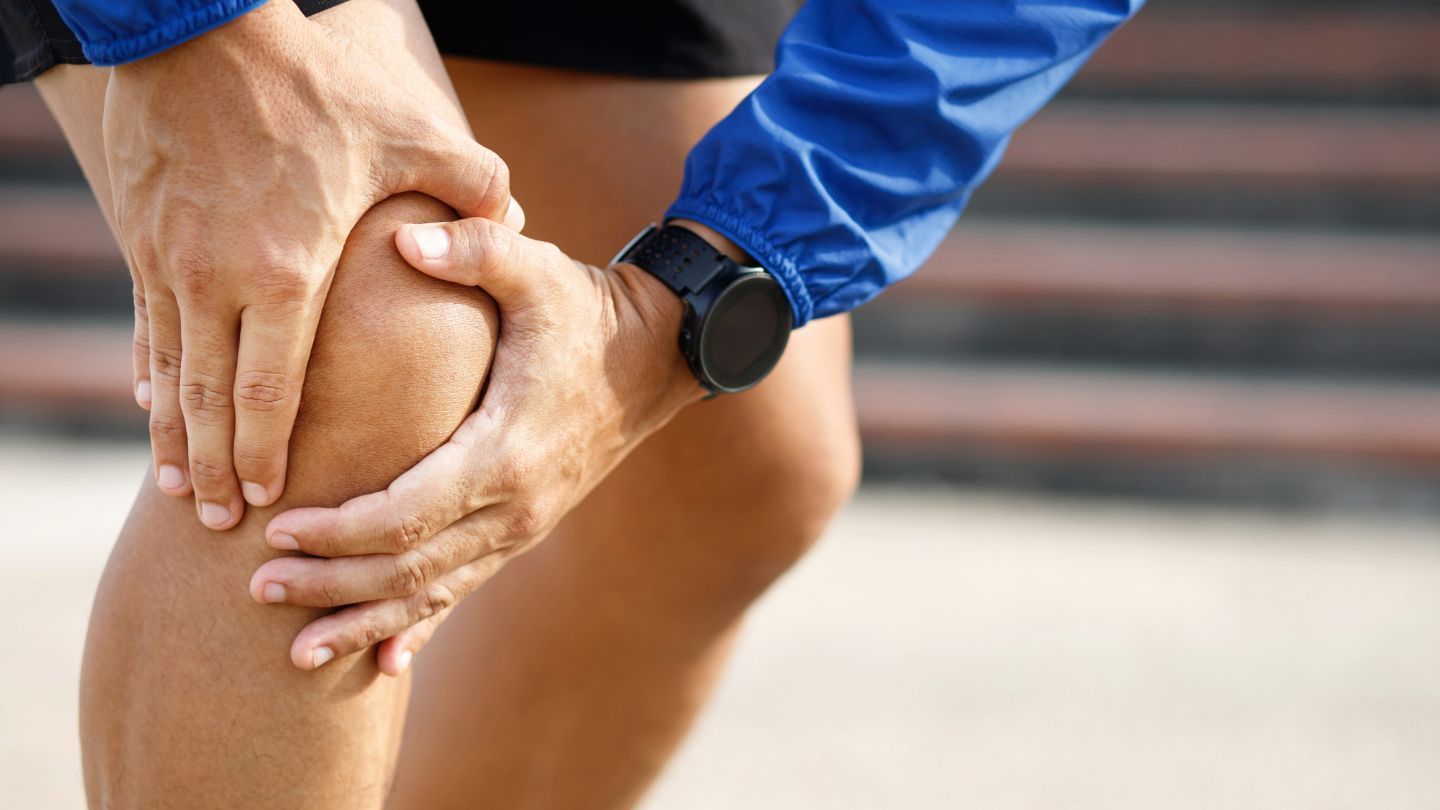Rehab and Prehab for Pickleball: Essential Tips for Rotator Cuff, Nerve Flossing, and Knee Isometrics
Prehab and rehab drills recommended by an overland park physical therapist

It’s no secret that pickleball is a sport rapidly growing in popularity across the nation. The sport combines elements of tennis, badminton, and ping-pong, and can be enjoyed by players of all ages. While it’s relatively low-impact compared to other racquet sports, it still places specific demands on the body. Effective rehabilitation (rehab) and prehabilitation (prehab) strategies recommended by Overland Park physical therapists are essential to keep pickleball players in peak condition and to prevent injuries. This blog will explore vital techniques for the rotator cuff, nerve flossing, and knee isometrics.
Rotator Cuff: Strengthening and Flexibility
The rotator cuff is composed of four key muscles and their tendons which plays a critical role in shoulder stability and movement. In pickleball, repetitive overhead motions, quick swings, and volleys can strain these muscles, leading to injuries like tendinitis or tears. Many physical therapists in Overland Park utilize the following prehab and rehab techniques to target the rotator cuff.
Prehab for Rotator Cuff:
External Rotation with Resistance Band: Secure a resistance band at waist height. Stand with your elbow bent at 90 degrees, holding the band. Keeping your elbow close to your body, rotate your arm outward. Perform 3 sets of 15 reps.
Scapular Retractions: Stand or sit with a straight back, pinch your shoulder blades together, hold for 5 seconds, and release. Repeat 15 times.
Rehab for Rotator Cuff:
Pendulum Swings: Lean forward with your uninjured arm supported on a table. Let your injured arm hang down and gently swing it in small circles. This passive exercise promotes blood flow and reduces stiffness.
Isometric Exercises: Press your hand against a wall with your elbow bent at 90 degrees and hold for 5 seconds without moving the shoulder. This strengthens without further strain.
Nerve Flossing: Enhancing Mobility and Reducing Pain
Nerve flossing, or neural gliding, is a technique used to mobilize and stretch nerves to alleviate pain and improve range of motion. This is particularly beneficial for pickleball players experiencing nerve compression or irritation.
Ulnar Nerve Flossing:
- Sit or stand with your arm straight out to the side, palm facing up.
- Bend your elbow and bring your hand towards your ear as if making a phone call gesture. Simultaneously, tilt your head away from your hand.
- Perform 10-15 slow repetitions on each side.
Sciatic Nerve Flossing:
- Begin sitting upright in a chair
- Straighten leg you wish to stretch
- Pull your toes toward your shin
- Tuck your chin to your chest
- Slouch your shoulders
- Learn forward until you feel a 3 out of 10 tension stretch in your lower back
- Hold this position as you let your knee bend and straighten
- Perform for 10-15 repetitions
Knee Isometrics: Building Strength and Stability
The knee joint is particularly vulnerable in pickleball due to frequent lateral movements and sudden changes in direction. Isometric exercises practiced with physical therapists in Overland Park are ideal for strengthening the knee without putting it through extensive ranges of motion, which can be beneficial for both prehab and rehab.
Prehab and Rehab Knee Isometrics:
Quad Sets: Sit with your leg extended and press the back of your knee down into the ground, tightening your quadriceps. Hold for 5 seconds and repeat 15 times.
Straight Leg Raises: Lie on your back with one leg bent and the other straight. Lift the straight leg to the height of the bent knee and hold for 5 seconds. Perform 3 sets of 15 reps.
Wall Sits: Stand with your back against a wall and slide down into a seated position, knees at 90 degrees. Hold this position for 30 seconds to 1 minute, gradually increasing the time as your strength improves.
Incorporating these rehab and prehab exercises into your routine can help maintain optimal performance and prevent injuries in pickleball. Regularly strengthening the rotator cuff, practicing nerve flossing, and performing knee isometrics are essential components for a healthy, resilient body ready to handle the demands of this dynamic sport. Remember, consistency is key, and always consult with Overland Park physical therapists before starting any new exercise program.
If you or any pickleball players you know have suffered injury or are looking to prevent injury, our team at Elevate Physical Therapy would love to work with you.
Contact us today to learn more about how we can create an individualized plan to improve your strength, mobility, and pickleball game.





